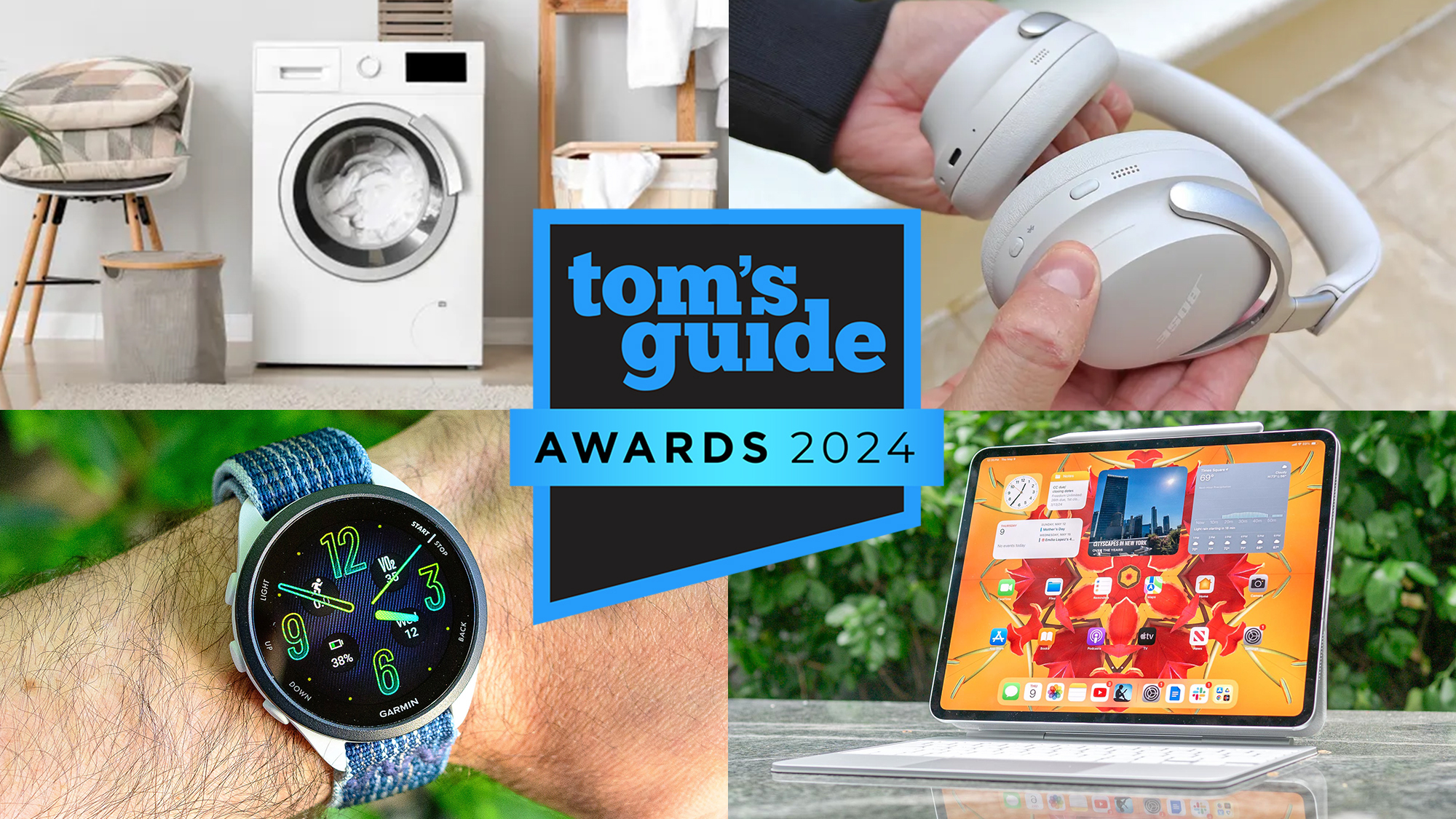
To wrap up this year's Tom's Guide Awards, we're recognizing our favorite innovations, brands and products of the year with our annual Hero Awards.
The winners of the Hero Awards stood out to our team here at Tom's Guide for changing the course of tech advancements, breaking out of the mold with new innovations, showing sustainability efforts with wide reaching implications and going the extra mile for their users. In fact, all of the honorees have made an irrefutable impact on our world and the tech industry as a whole.
Join us in celebrating the achievements of all of this year's Hero Awards winners below.
Best New Product of 2024
Best New Product of 2024: M4 iPad Pro
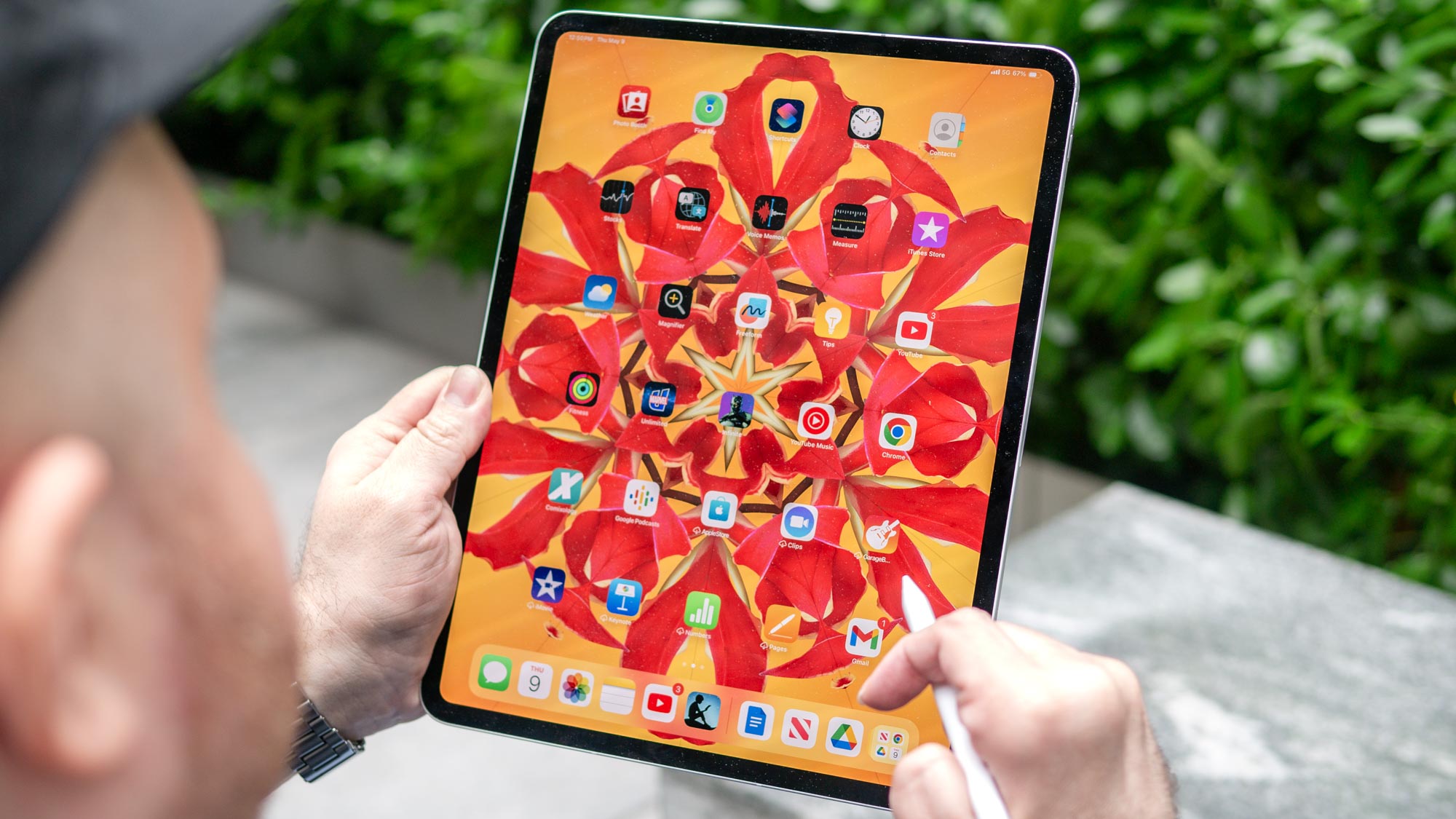
Pro big or go home, folks. Even by the consistently lofty bar Apple sets itself, the new M4 iPad Pro really is something else. It’s nothing short of an astonishing tablet. The first iPad to be graced with an OLED screen — and a super-vibrant “Tandem” one, no less — it’s the must-own tech device of 2024 so far, regardless of whether you go for the 11- or 13-inch version.
There’s just no question about this: the iPad Pro 2024 is easily the best tablet the crew at Cupertino has ever cooked up. That stunning (2,360 x 1,640 resolution) screen can hit a fairly astonishing peak HDR brightness of 1,510 nits, which is a good deal higher than the vast majority of the best OLED TVs. It’s a truly gobsmacking display.
Yet Apple deserves so much more credit for the latest iPad Pro than its exceptional panel. Audio quality is predictably excellent, with Apple’s slab delivering richer, deeper sounds than the vast majority of the best laptops. Thanks to the new Apple M4 chip, the 2024 Pro is both a battery beast and a tablet that can finally natively run modern games like the Resident Evil 4 remake at respectable frame rates.
Perhaps the most impressive aspect of the M4 iPad Pro? Through some sort of California-based witchcraft, the far more performant 13-inch Pro is somehow lighter than the new 13-inch iPad Air M2 — the tale of the tape sees the Pro weigh in at 1.28 pounds, while the latest and largest Air to date tips the scales at a “chonky” 1.36 pounds. That’s a truly remarkable feat of engineering on Apple’s behalf. The fact the most powerful iPad ever is also the thinnest device the iconic company has ever made is utterly mind-blowing.
Innovation Award
Innovation Award: Snapdragon X Elite
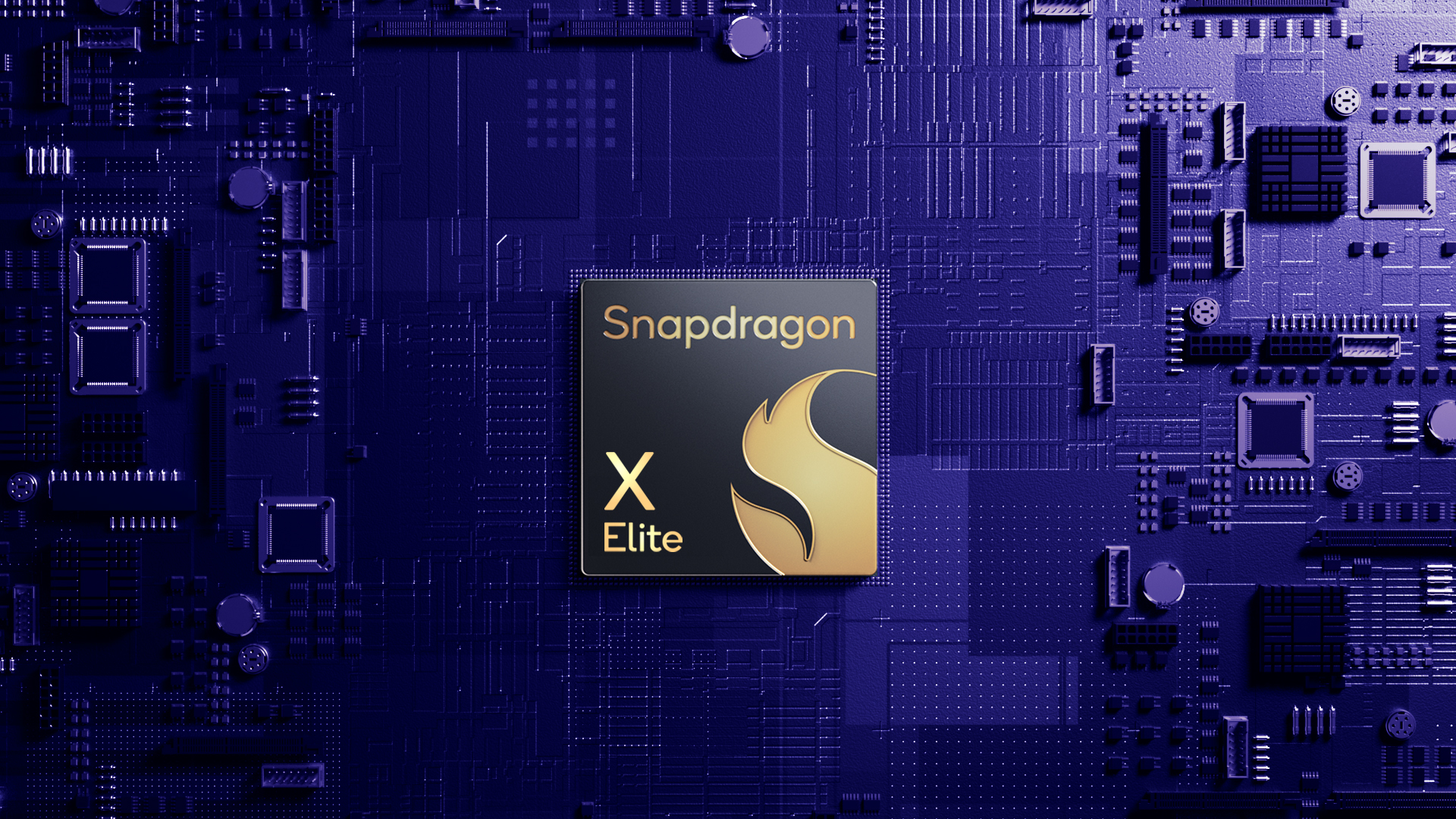
Let’s be honest here. There’s been a lot of innovation over the last 12 months, but none have been quite as significant as Qualcomm’s Snapdragon X Elite silicon.
Put simply, it is the great leveler in the Windows vs Mac battle — a competition that Apple silicon has helped the Cupertino crew stay ahead of for years. But now, thanks to Qualcomm’s new laptop chipsets, we’re seeing performance potential being matched and power efficiency even being exceeded by a range of Windows laptops.
On a consistent basis, from the Surface Pro 11 to the HP Omnibook X, we’ve found ourselves blown away by the power gains of transitioning from the archaic x86 CPU structure to arm processing (putting Intel and AMD on blast), and the sheer stamina improvements made here.
Not only that, but the NPU brings massive AI capabilities to Windows 11. You may have heard of them in a new range of laptops called “Copilot+ PCs.” From real-time transcription of any video content you watch to the fun stuff like Cocreator in Paint giving this ages-old app a dash of AI image generation, there’s plenty of ways to inspire your creativity and get things done in short order.
Honestly, I never thought I’d see the day where I say Apple’s laptop dominance is in question. Now, we have reached that day, and Microsoft has Qualcomm to thank for that.
Best Company of 2024
Best Company of 2024: OpenAI
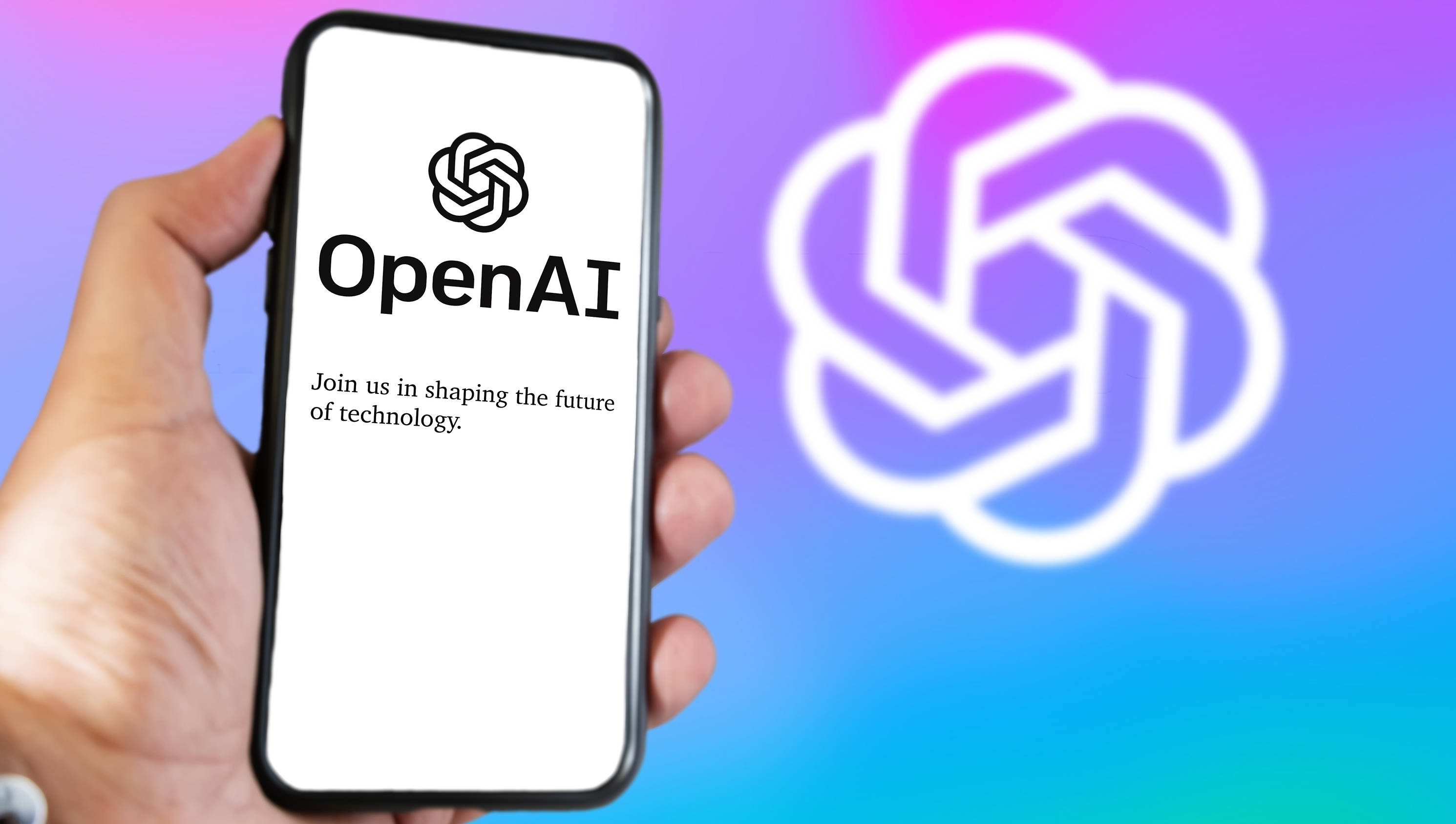
OpenAI has had a massive year. Over the past 12 months it has seen ChatGPT grow from an experimental chatbot to a productivity platform with its own custom chatbot store, code running and improved image generation capabilities. It has also expanded access to models like GPT-4 to other organizations and released a host of new products.
The company has shifted its focus from rapidly releasing products at the boundary of what is possible and instead slowing down and focusing on balancing the desire for advanced AI with mitigating potential risks from the technology. This includes a greater focus on safety, guardrails and ensuring any new model release is properly tested to ensure it doesn’t “go rogue”.
That has led to some frustration among those playing with models at the very edge of possibility but is met with relief by those wanting time to catch up, build protections for workers or build legislation that ensures artificial intelligence doesn’t leave humanity without work.
However, OpenAI is the best company of the year in tech because despite slowing down releases it is still very much at the bleeding edge of innovation. We’ve seen the release of GPT-4o with improved reasoning and vision as well as the promise of it forming the basis of one of the most advanced AI voice assistants ever developed in Advanced Voice.
OpenAI also unveiled Sora, its artificial intelligence video generator at the start of this year at a time when the best AI video tools could produce 4 second slightly disjointed clips. Sora was capable of generating a minute of high quality video with accurate motion, but sticking to its new found safety-first approach, it is still only available to a select group of creative professionals.
Overall, despite its slow down in release, OpenAI has been the most innovative company in the artificial intelligence space and continues to both push the boundaries of the technology and lead the way in ensuring the safe rollout of advanced AI.
Diversity in Tech Award
Diversity in Tech Award: Meta
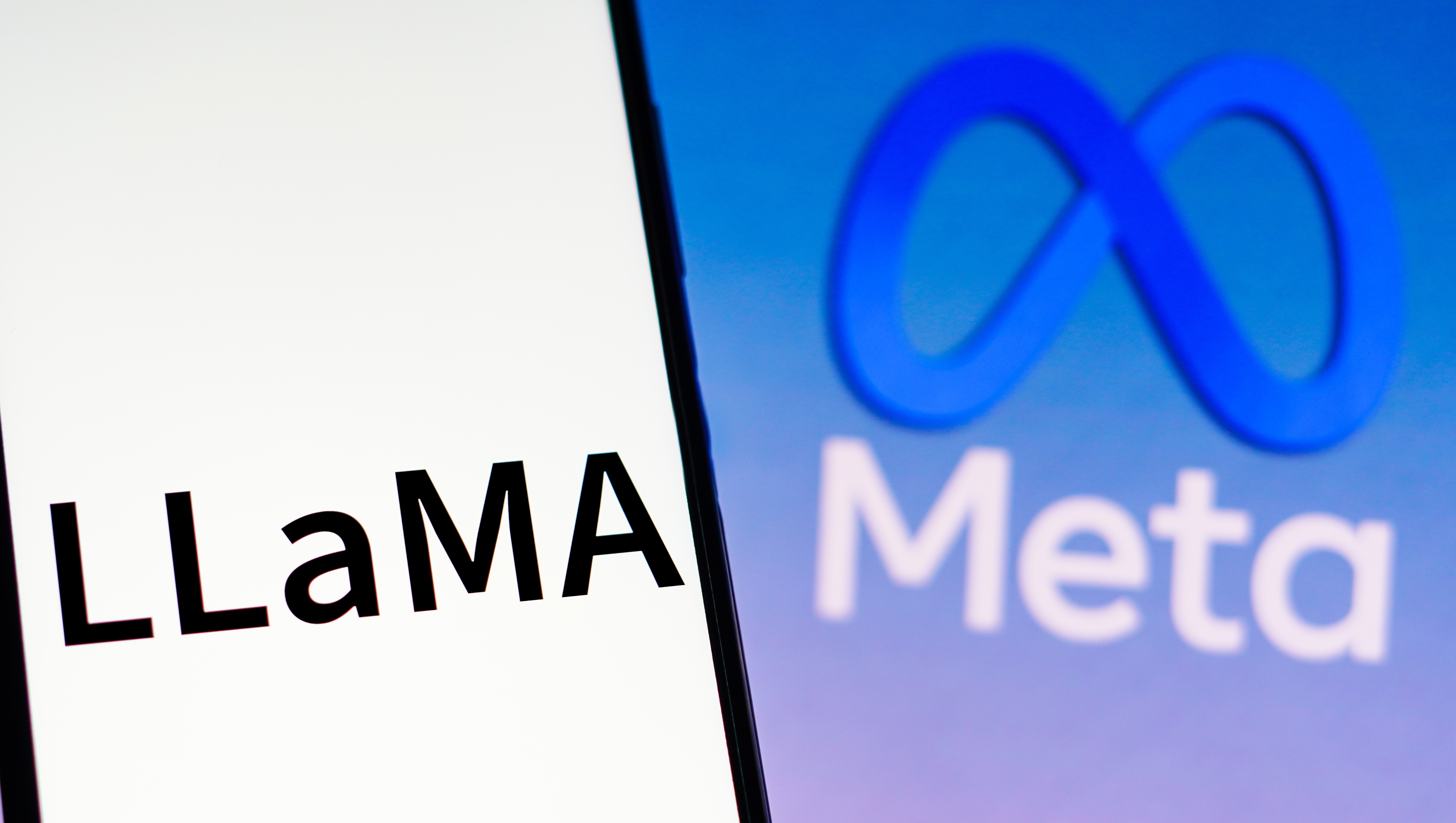
On the surface, Meta might seem like an unexpected choice to win a diversity in tech award but through its AI divisions and the release of the Llama family of artificial intelligence models, Meta has helped create a revolution in accessible technology including saving near-extinct languages and helping communities access resources and care.
Open-sourcing the Llama models, including the latest frontier-grade Llama 3.1 405b means communities, countries and organizations without the resources to buy tens of thousands of Nvidia H100 GPUs have a way to utilize advanced AI for their own needs. They can make use of and build on top of what Meta trained, adapting it to specific use cases without licensing fees.
Meta CEO Mark Zuckerberg wrote an open letter about the decision to keep Llama open-source, explaining that: "AI has more potential than any other modern technology to increase human productivity, creativity, and quality of life – and to accelerate economic growth while unlocking progress in medical and scientific research.”
He says open-source AI will ensure more people around the world can access the benefits and opportunities of AI and ensure “that power isn’t concentrated in the hands of a small number of companies, and that the technology can be deployed more evenly and safely across society."
The company is already working with a range of communities including Jacaranda Health in Africa on its PROMPTS program which uses AI to support maternal health across the continent. It uses Llama to triage questions and identify urgent cases to provide critical support for mothers from limited resources. It is currently in Kenya but the plan is to expand across Africa.
KissanAI, an AI lab in India built a custom version of Meta's model called Dhenu Llama 3 that helps farmers in India. It is multilingual across 22 languages including nine Indian languages and can be integrated with WhatsApp so farmers can get information and advice by speaking to or messaging the AI.
By open-sourcing a model as powerful as Llama 3.1 405b, as well as its smaller versions, Meta has made it easier than ever for people in parts of the world that could most benefit from the efficiencies and power of AI to get access, without having to pay for the privilege.
Sustainability in Tech Award
Sustainability in Tech Award: Framework
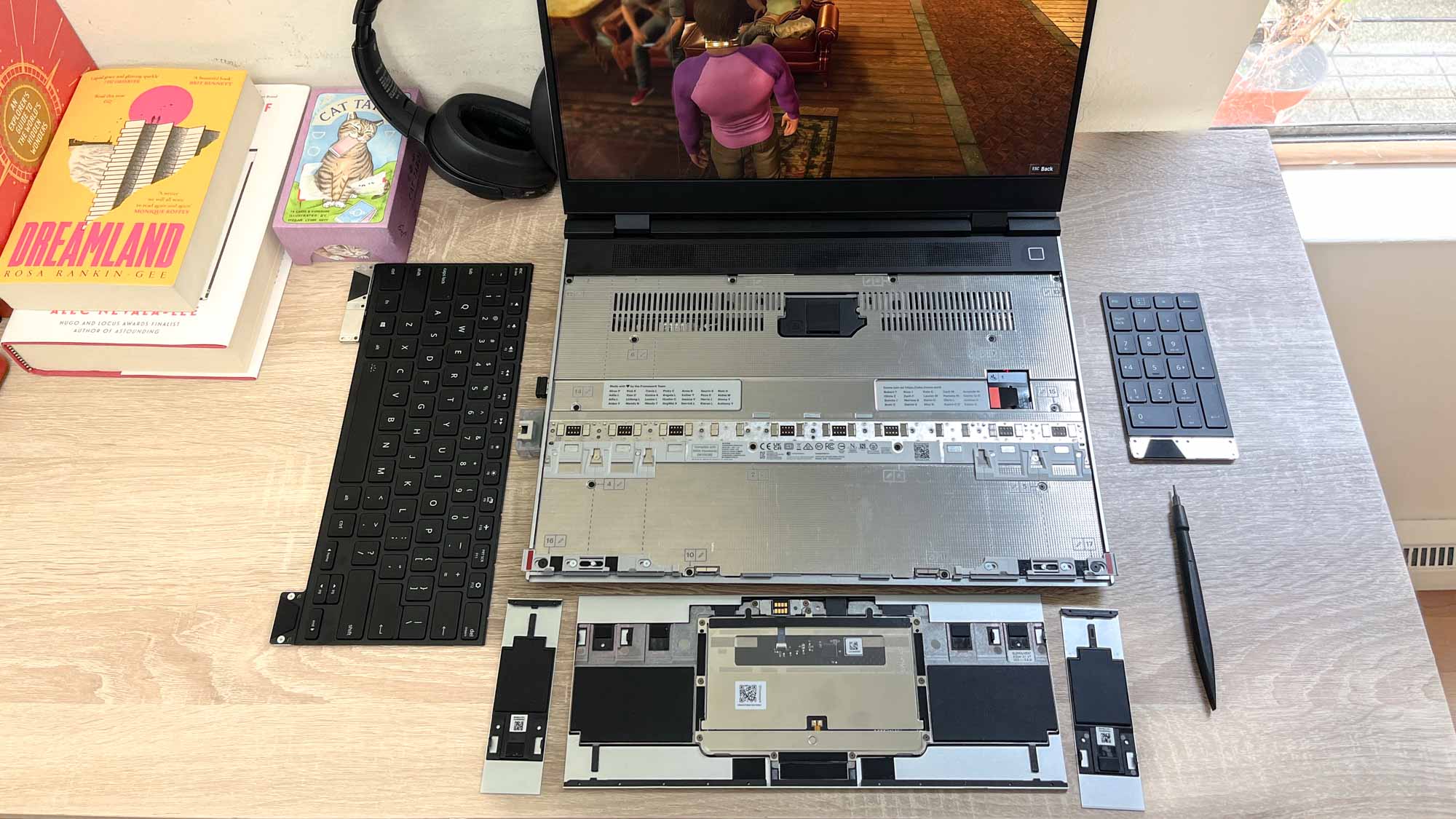
Many tech companies are working to make their businesses more renewable and sustainable, but few make it a core principle of their products. Framework does, shipping laptops direct to customers with everything you need to repair and upgrade it yourself.
This year the company impressed us with the power of its new Framework Laptop 16, a more powerful version of its hyper-configurable Framework Laptop 13 that can go toe-to-toe with some of the best gaming laptops. But what’s really impressive about a Framework notebook is how easy it is to tinker with; the company designs every laptop with easy-to-remove components that are clearly labelled with QR codes pointing you to replacements and repair guides on the Framework website. You just need one simple screwdriver (that comes included) to open up the laptop and access every major component, which makes a Framework Laptop sustainable in a way that no MacBook can match.
Every laptop Framework sells is partially made from recycled materials, and the company also sells carbon offsets alongside the upgrades and replacement parts in its marketplace. Framework also releases full schematics of its products so that people can 3D print their own parts, which means that even if the company goes under there’s a way for the community to sustain their Frameworks. For all these reasons and more, we recognize Framework with this year’s Sustainability Award.
Best Product Design of 2024
Best Product Design of 2024: Sonos Ace
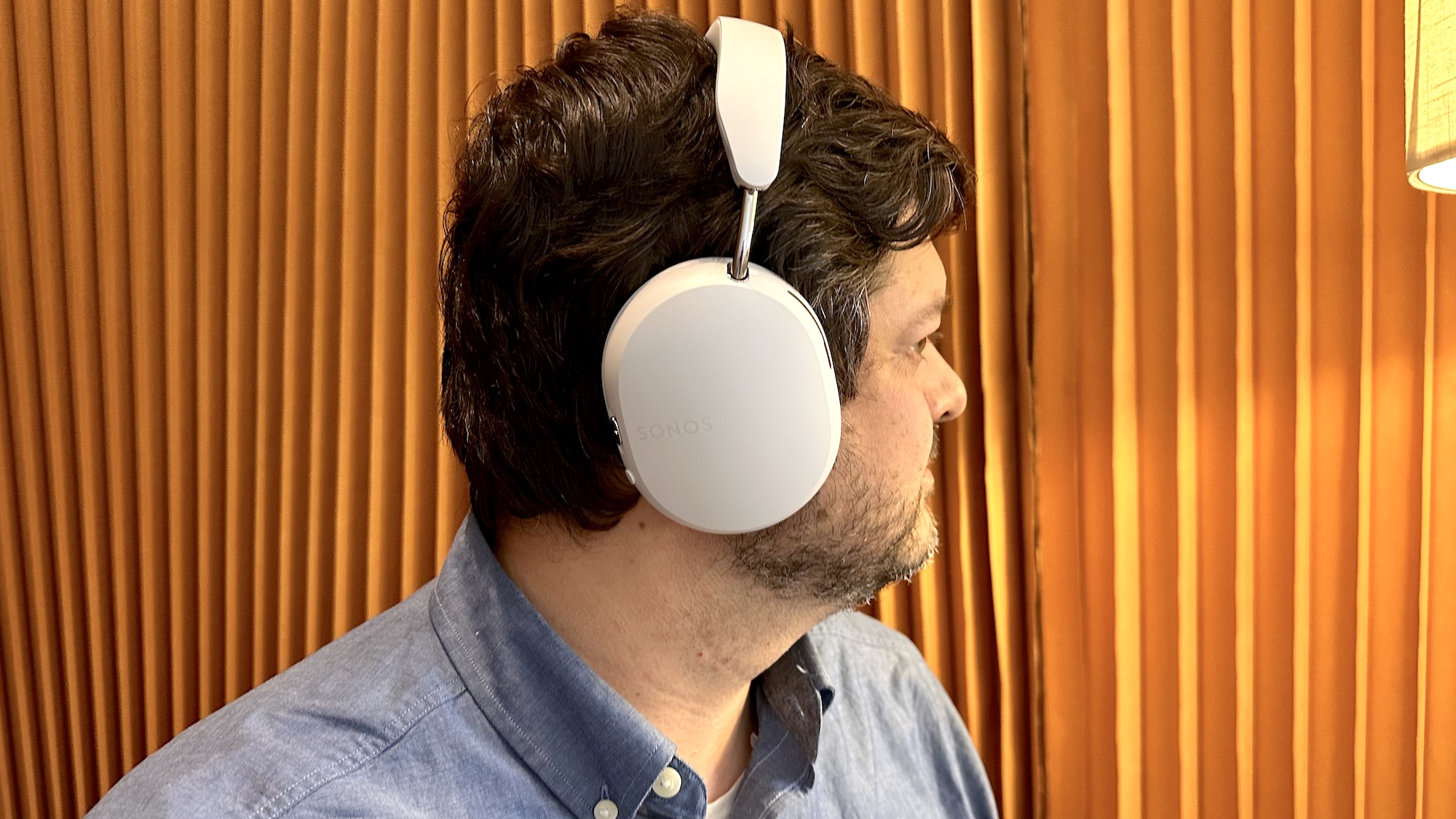
Rumors of Sonos-branded headphones have been floating around on the internet since 2019 — but it would take five long years for them to actually materialize. Thankfully, it was absolutely worth the wait: The Sonos Ace, the company’s first-ever pair of over-ear headphones, are a smashing success, blending timeless design with a wide feature set.
So what makes them so great? Despite some fierce competition from the likes of the Sony WH-1000XM5 and Apple AirPods Max, the Ace hold their own with their long battery life while simultaneously offering as good noise-cancelling as their peers. To get them to sound as good as they do, Sonos says the Ace has undergone “1,000 hours of testing and tuning by music creators” and offer a soundstage that rivals most open-back headphones.
Although they’re currently not able to sync with your entire arsenal of Sonos products, the Ace have the ability to grab audio from your Sonos Arc soundbar and make it match the acoustics of your room. It’s a feature that sounds simple on paper, but in practice requires years of research and development to implement properly.
We’ll always be a bit disappointed by the Ace’s lack of true lossless playback over Wi-Fi, but given how well-designed they are and how great they sound, the Sonos Ace still stands as one of the best headphones we’ve seen in 2024.







